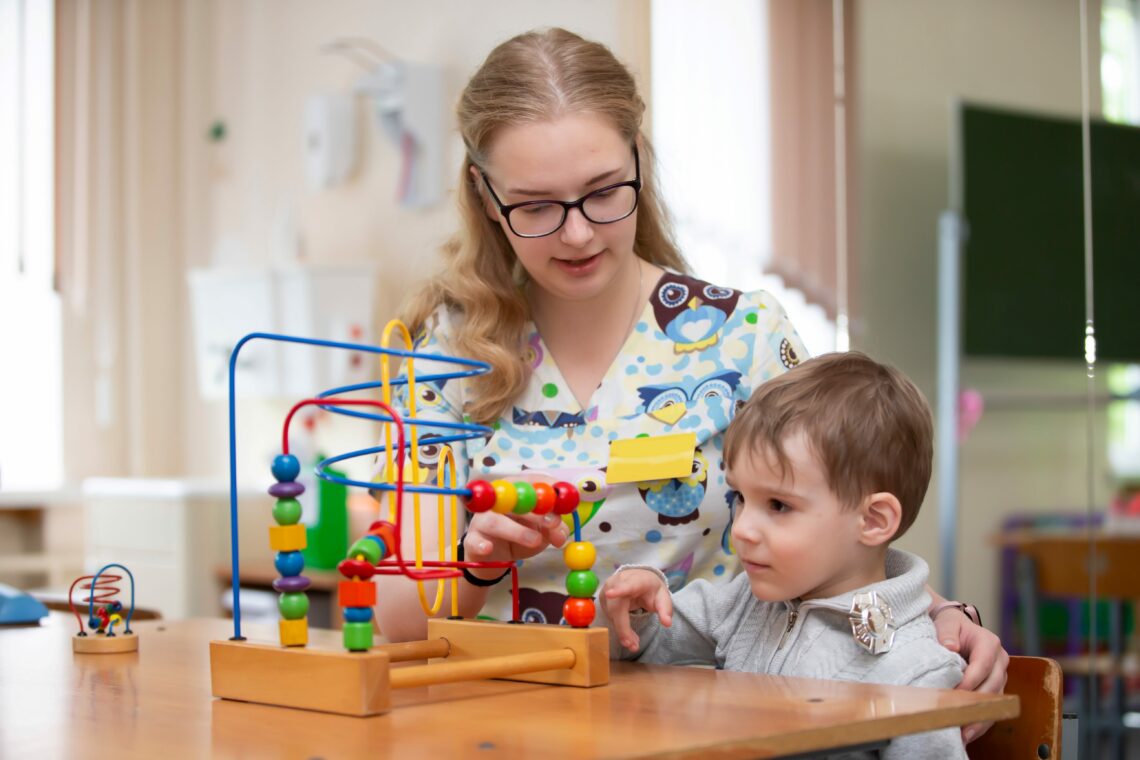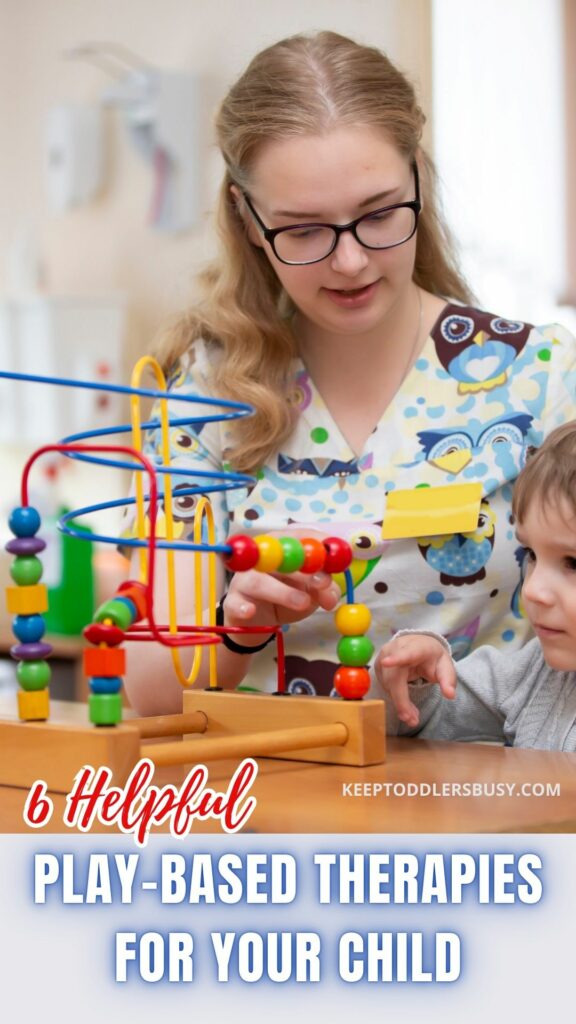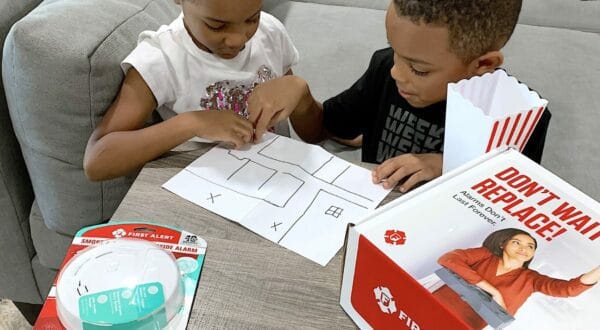
6 Helpful Play-Based Therapies: Fun Ways To Help Kids Thrive
Play is second nature to kids. It’s how they make sense of the world—exploring, pretending, and discovering as they go. But for children dealing with emotional, behavioral, or developmental challenges, play can become more than just fun.
It can become a powerful tool for growth and healing. This is where play-based therapies step in, combining the joy of play with intentional activities that help children build better behavior, communication, and social skills.
This article explores play-based therapy, its benefits, and how these sessions work. It aims to provide parents, caregivers, and teachers with insight into how playful interactions can foster meaningful progress, helping kids thrive while staying true to who they are. Read on.

What Are Play-Based Therapies?
Play-based therapies use play to help children express their emotions, learn new behaviors, and develop essential life skills.
Unlike traditional talk therapies, these sessions are child-friendly, using toys, games, and creative activities to create a comfortable space for kids to explore their feelings and challenges. Below are the most common types of play-based therapies:
- Child-centered play Therapy (CCPT): This therapy involves the child leading the session while the therapist observes and provides support. This helps the child build confidence and explore emotions naturally.
- Art-Based Play Therapy: Kids use activities like drawing, painting, or crafts to express thoughts and emotions creatively.
- Cognitive-Behavioral Play Therapy (CBPT): Here, the activities are more structured and target specific behaviors through guided play. For instance, a game might help a child practice coping strategies for managing frustration.
- Filial Therapy: This therapy Involves parents or caregivers participating in play activities with the child, strengthening the parent-child relationship and improving communication.
- Sand Tray Therapy: In this type of therapy, kids use miniature objects in a sandbox to express emotions and work through difficult situations. It’s effective for children who find it hard to verbalize their feelings.
- Drama and Role-Play Therapy: Children act out scenarios, which helps them process emotions and practice social interactions in a safe environment.
Many of these play-based therapies can complement other approaches to better support a child’s development. An approach such as ABA therapy for autism fits seamlessly into the mix. Backed by decades of research, ABA focuses on reinforcing positive behaviors and teaching social skills.
When combined with play-based activities, it provides a playful way for children to practice these skills, making the learning process both enjoyable and effective.
The Benefits of Play-Based Therapy
Play-based therapy offers a meaningful way for children to grow emotionally, socially, and behaviorally. Here are the key benefits:
Emotional Expression and Regulation
Play gives children a safe space to express feelings they might not yet have the words for. Over time, they develop healthier ways to manage emotions, whether through storytelling, drawing, or role-play activities.
Social Skill Development
Games and collaborative activities help children practice communication, sharing, and teamwork. A simple board game can teach turn-taking, patience, and how to handle winning or losing gracefully.
Behavioral Improvement
Through guided play, children can learn new behaviors or replace disruptive ones. For example, a child with difficulty following instructions may improve through games that reward listening and cooperation.
Boosts Confidence and Self-Esteem
Every small success in therapy, like completing a puzzle or mastering a new game, builds a child’s confidence. This sense of achievement encourages them to take on new challenges in and outside therapy sessions.
Improves Problem-Solving Skills
Play therapy often involves activities that challenge children to think creatively and develop solutions. Whether it’s figuring out how to build a structure with blocks or role-playing a tricky social situation.
Play-based therapy helps children overcome challenges and discover new strengths. Whether they’re expressing emotions with puppets or practicing social skills through games.

How Play-Based Therapy Sessions Work
A play therapy session follows a thoughtful process to ensure children get the most out of this therapeutic approach. Play therapists carefully design each step to support child development, address emotional and behavioral challenges, and achieve lasting, positive effects.
Step 1: Initial Assessment and Goal-Setting
The process begins with an assessment, where mental health professionals work with parents to understand the child’s needs, such as managing emotions, social skills, or behavior issues like attention deficit or hyperactivity disorder. For children with spectrum disorder, the goals may focus on relationship building or creative expression. This step ensures the therapy plan aligns with the child’s unique situation and lays out clear objectives for progress.
Step 2: Creating a Safe and Fun Environment
An effective play therapy session depends on the child feeling comfortable and safe. Play therapists set up inviting spaces with toys, art supplies, and games to encourage creative expression and exploration. The environment plays a crucial role, as young children often open up more easily in playful surroundings than in formal therapy settings.
Step 3: Structured vs. Unstructured Play Activities
Each session can include a mix of structured and unstructured activities. Structured play might involve games focused on emotional regulation or teamwork, offering new ways for kids to develop specific skills. Unstructured play, on the other hand, allows children to take the lead, promoting exploration and self-expression.
Step 4: Observation and Progress Tracking
Throughout the sessions, play therapists carefully observe the child’s behavior, emotions, and interactions. This helps them monitor progress toward therapy goals, such as improved emotional regulation, better social skills, or reduced signs of hyperactivity disorder. Regular feedback from parents and caregivers ensures that the therapy is aligned with the child’s overall growth and development.
By following these steps, play-based therapy offers children and families a supportive, effective path to improving social connections. This therapeutic approach is designed to unlock potential while fostering joy and growth.
Final Thoughts
Play-based therapy is about nurturing a child’s potential in ways that feel natural and enjoyable. Every playful interaction becomes a stepping stone toward greater emotional well-being and personal growth. Exploring options with a qualified play therapist could be the first step toward creating lasting, positive change.
Welcome to my blog! I am an activity mom of three and I have over 15 years of experience crafting, writing, designing and creating. My mission is to bring fun, balance and learning to your busy homes with activities, tips, inspiration, and organization!






